Buy the Rumor, Sell the Fact: 85 Maxims of Investing and What They Really Mean
$11.60
| Author(s) | |
|---|---|
| Format |
|
| Pages |
226 |
| Publication Year |
2004 |
Buy the Rumor, Sell the Fact examines 85 of these “insights” to reveal the meaning behind each, discover its factual support or lack thereof, and advise investors on which to follow and which to just plain ignore. Devoting two to four pages to each maxim, this valuable book examines Maxims that seem to contradict each other–and why both versions may often be correct, Perilous adages that may work–but then again, may not and The thought, culture, and impact of today’s Wall Street.
Introduction:
ALL OF THE UNCERTAINTY ABOUT THE FUTURE of social security and the shift from pension plans to stock market fueled 401(k) accounts has left Americans with the burden of knowing and playing the stock market, though many have little interest in the world of Wall Street. That forced entry into a confusing industry beset with institutional pitfalls and outright dishonesty leads to fear and to the desire for easy answers. But answers to the most important questions about when to enter the market and when to sell a favorite stock are always subjective. These myths attempt to remove subjectivity from the process, but they largely fail to do so.
They are important to know, however, because every investor who deals with a broker or financial adviser, or who consumes the financial press in its myriad forms, will be confronted with truisms designed to make the complex look easy and the risky look like a sure thing. The very existence of these myths sheds light on the psychology of the people who repeat them. Industry folk enjoy quoting Warren Buffett, saying that the ideal holding period for a stock is “forever.”
That’s nice. But it isn’t useful to the average person who’s trying to plan a retirement or send a child to college on the strength of an investment portfolio. Stockbrokers might follow up a hot tip with the advice that you should “buy on rumor and sell on news.” Again, that’s nice. But which rumors? And what if they never make the news? I fear, and I think it will come through in the following discussions of various stock market myths and Wall Street wisdoms, that tired investment professionals often invoke these old saws in an attempt to set their clients’ minds at ease and to get them out the door or off the phone before five o’clock.
Investors believe these notions because they desperately want to believe in something. The U.S. stock market is more than 200 years old, founded by 24 traders under a buttonwood tree in lower Manhattan in 1792. In the centuries that have passed since the creation of the New York Stock Exchange, it seems likely that investors would have learned a few foolproof secrets to making money. But it isn’t so and it can never be so. Investors make money by being right when the rest of the world is wrong. If an aphoristic phrase could pinpoint those moments in one or two easily memorized sentences, then everyone would know how to make money in every instance, and if they are rational, they will act on that knowledge. In that case, a clever investor could never beat the market. There would be no such thing, even as a clever investor. But we know that some investors have outperformed the markets, sometimes for decades. That means, in the very least, that none of these myths will work every time and that the best they can do is work more often than not. There’s no such thing as a rule that always works and no such thing as an investor who’s always right to follow them.
So investors are left on their own to find those moments where all the smart money acts out of ignorance. In a sense, investors are like entrepreneurs. WalMart founder Sam Walton introduced the concept of “big box” stores to the retail market, and he made a fortune by bucking the established trends of inventory management. Pierre Omidyar of eBay used the Web to create an online yard sale and thus outpaced Jeff Bezos’ Amazon.com, which, while great, is hardly different than the paper-catalogue companies of old. The market values eBay at $30 billion and Amazon.com at just $13 billion. Most entrepreneurs, we know, fail to change the world. Most investors fail too.
The hard truth is that most investors will, at best, match the overall return of the stock market over a long period of time. A lot of investors will fall behind the indexes. Winning this game, while not impossible, is certainly difficult. As always, when something is difficult (be it golf, dieting, or investing), smart people will be susceptible to dubious information that sounds good. John Pierpont Morgan used to hold séances so that he could consult with the spirits of yesteryear’s investing stars. So don’t let uncertainty bother you. If you are not getting your stock tips from a flickering candle in the darkened sitting room of a glowering Victorian townhouse, then you are already one step ahead of one of the game’s greatest players.
Buy the Rumor, Sell the Fact should be most useful whenever a broker, friend, or talking head utters one of the phrases (or something close to it) and you want to know where you are being steered. Not all of these maxims are wrong. Some are great for day traders but terrible for long-term investors, while others are geared toward Wall Street workers who spend their days moving other people’s money. All of them, even the best, should be dealt with skeptically, just like everything else you hear, see, or buy on Wall Street.
Contents:
- Beliefs from the Street
- Stock Picking
- The Federal Reserve
- The Smart Money Talks
- It’s That Time of Year
- People Believe This Stuff?
- The Economy and Politics
- A Few Misunderstandings
Buy the Rumor, Sell the Fact: 85 Maxims of Investing and What They Really Mean By Michael Maiello pdf
2 reviews for Buy the Rumor, Sell the Fact: 85 Maxims of Investing and What They Really Mean
Clear filtersOnly logged in customers who have purchased this product may leave a review.

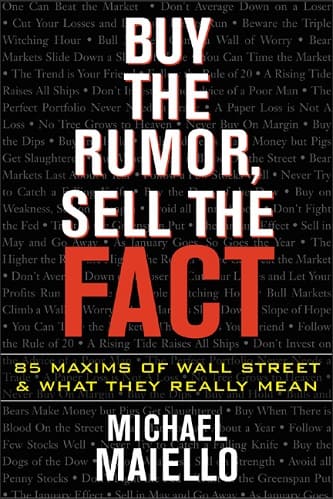
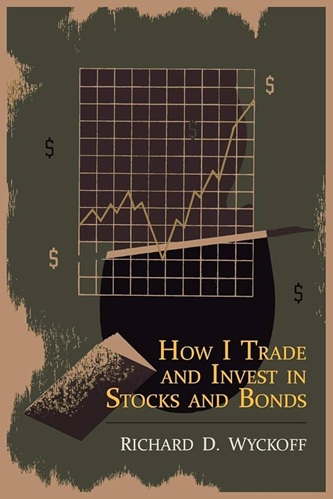
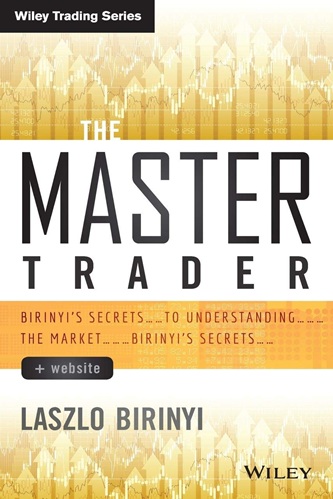
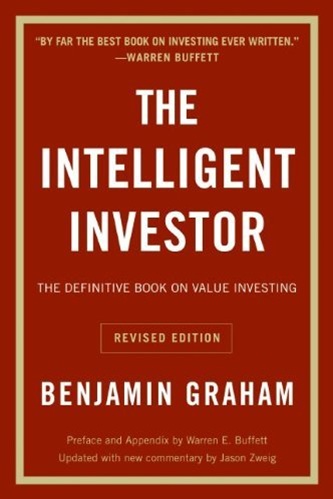

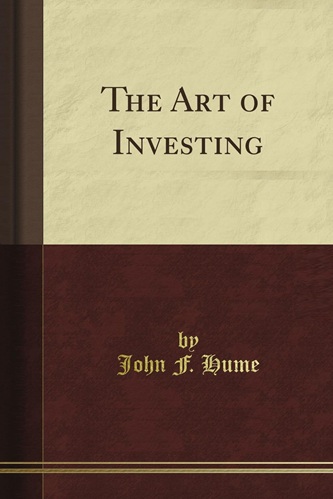
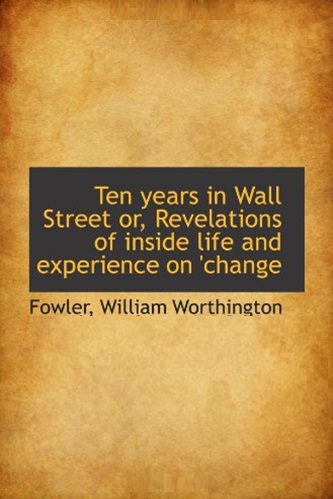
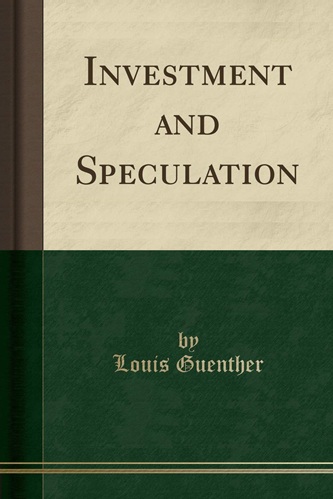
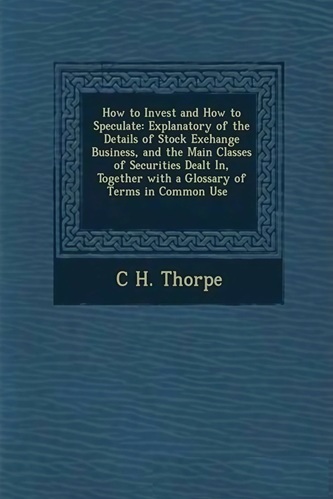
Philip Osborne (verified owner) –
Not a good work. The 85 axims seems like simple and short articles in any magazine. It is not a book in the classical meaning much more collection of simple thoughts not too interesting.
Shelby Baxter (verified owner) –
This book contains some truth, but much of it is wrong. One “proof” of the observation that women’s skirt lengths are correlated with the business cycle being wrong is given as women in the financial sector wear pants.
Another doozy is the intentional misunderstanding of the maxim that you should heed advice of successful investors. The author says that skilled business students are not wealthy while in school and still may have good market observations.
Other proofs involve taking time periods much longer than that for which the rule of thumb is intended for.